Our human brain remembers well organized scenes and images very easily. This is the foundation and foundation of our memory! We should remember this fact while learning. Whatever we see with our mind’s eye as a picture or scene, they are recorded in our mind. Colors, shapes, and properties of objects become imprinted in our minds when we see and feel them. And when we systematically record scenes and places in our mind with excitement and positive feelings, they become ingrained in our memory.
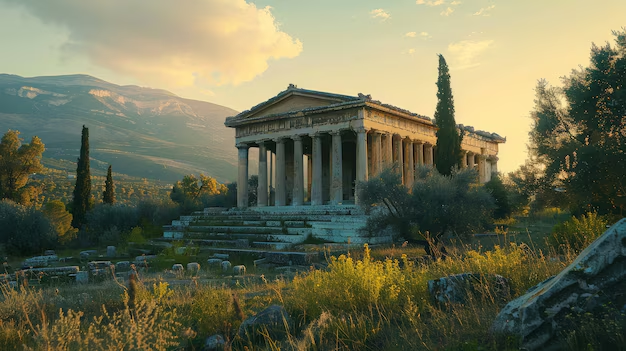
When something is told to us as a story, it becomes deeply embedded in our memory. All of us have great interest and involvement in stories from childhood. Stories fascinate us. There is a lot of imagination in storytelling. We can imagine a lesson however we want. Because “our imagination is limitless and inexhaustible,” said Albert Einstein. And the narration involves a lot of mind-eye scenes. It is very easy for us to remember many things through visuals.
The Romans were well aware of the importance of ordering and keeping order in mind as a fundamental principle to the art of learning. They were deeply aware that order and visualization are the most essential basic requirements for gaining new knowledge and multiplying knowledge. Centering on this basic fact, the Romans invented a method of memory called the Loci Method or Memory Palace.
The Romans used this method to easily memorize long songs, speeches, and plays. It has been predicted that this method has helped our brain to memorize more easily because it is a more convenient, suitable and orderly method for our brain.
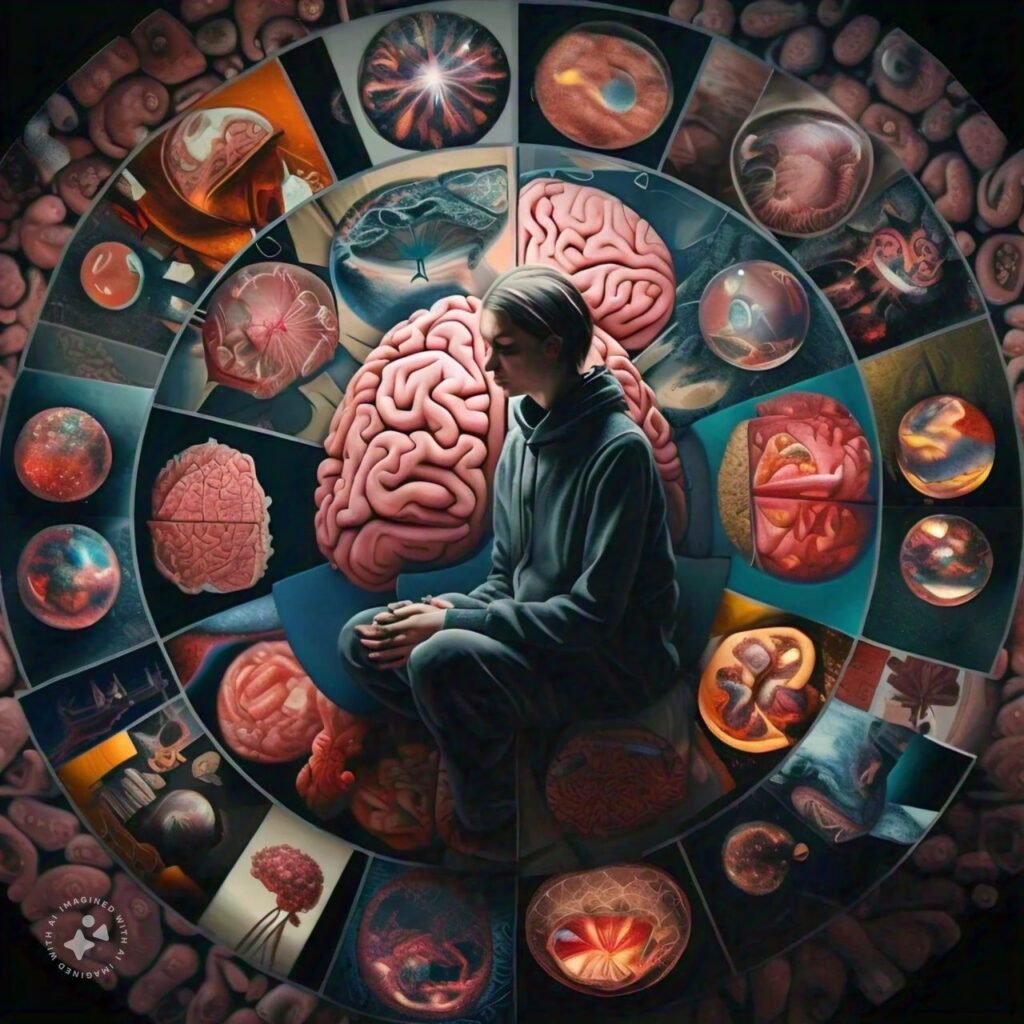
It is a very ancient method of memory that has been used since the fifth century. This is because this system of mnemonics is based on scenes, locations, formalized library arrangements, and an invariant sequence of numbers, which are the basis and foundation of all mnemonics! This Mindfulness House is the Mindfulness Strategy which is the head and mother of all other Mindfulness Strategies which build the power of Mindfulness. For laymen, it can also be
explained as memory or memory center.
It is said that this system of commemoration started during the reign of the Romans. More specifically, the scholar Simonoid is said to be the father of this mnemonic technique.
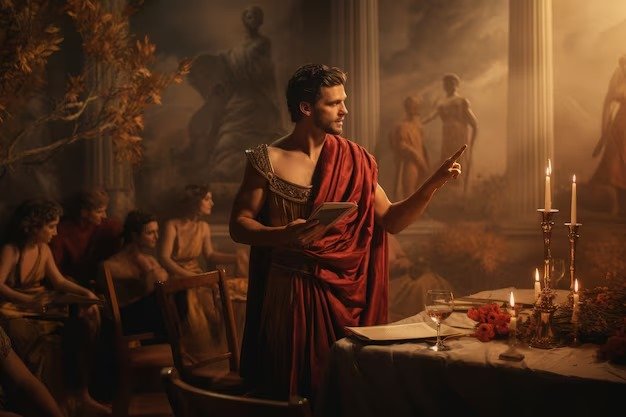
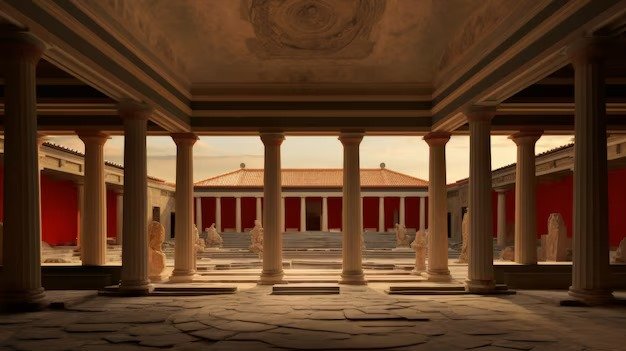
Once Simonoid was invited to a banquet organized at the court. All the special guests who were invited to the royal palace were sitting around a big table and feasting happily. At that moment, someone called Simonoid outside, saying they were waiting outside to meet him.
A few seconds after he left the guest room, unexpectedly due to the fury of nature, there was a huge earthquake and the guest house collapsed to the ground. Of those in the guest house, Simonoid was the only survivor.


Among the ruins of the temple, Simonoid vividly recounted the details of who sat where and what the colors of their clothes were. With his help, they identified and picked up the bodies of the dead. A method derived from this phenomenon is the memory system called the Roman House of Memory. As he observed the sight, the beauty and the order of sitting one after the other in the Simonoid guest house, it was imprinted in his mind. The record lined him up again, one by one, who? who It has helped him to remember clearly where he sat. The most important reason for this is the sorted method. Who’s in line? who Because he remembered where they were sitting, he was able to recall without any difficulty, one after the other, who sat next to whom. In this mnemonic method, as the mind’s eye records places and scenes, it is well suited to our memory. So this method of memory that he discovered is the head and mother of all memory arts. Centuries later, this Roman mnemonic or mnemonic is still considered an unshakably beautiful, profound system of memory.
Like taking a journey in our mind, we must journey through our imaginations and frequently recall the lessons we need to learn, one after the other, connected to our favorite and familiar places. The more often we remember, the deeper our memory grows.


Just like walking down a familiar and familiar path (A walk down along the memory lane), we walk with our mind’s eye and see the messages we need to memorize along the way with our mind’s eye, so we can often recall the messages in a very simple way. One of the most important of these is our mind’s eye view. Imagination is the magic of memory. The more vividly the mind’s eye visualizes the lesson we have just learned and our permanent memory house, the more creatively we use the mind’s eye, the more our memory expands and grows.
By walking our mind’s eye path over and over again, our intelligence gradually builds up. This method is less likely to be forgotten. Because we can often go back to the mind-eye path and recall them. If there is a deficiency or an error in this, it can only be because we are not using our six cognitive faculties and principles of memory correctly and fully.
The six cognitive faculties, along with the principles of mindfulness, work together with the mind’s eye pathway to produce unwavering, deep memories. By mentally walking this mind-eye path several tires and using the knowledge gained often, permanent knowledge can be created.
We all already have a good deal of well-developed spatial memory. It can be further developed using the power of the House of Memory. Many great memorizing pioneers have won numerous competitions using this ancient method. From their point of view it is also considered to be the best memory strategy. You can make this memory house system as big as you want. You can set up this memory house in huge size like 100, 1000, 10,000 and use it to remember what kind of lesson and how big of a lesson. That is why this memory house strategy is the first and foremost of all memory strategies.

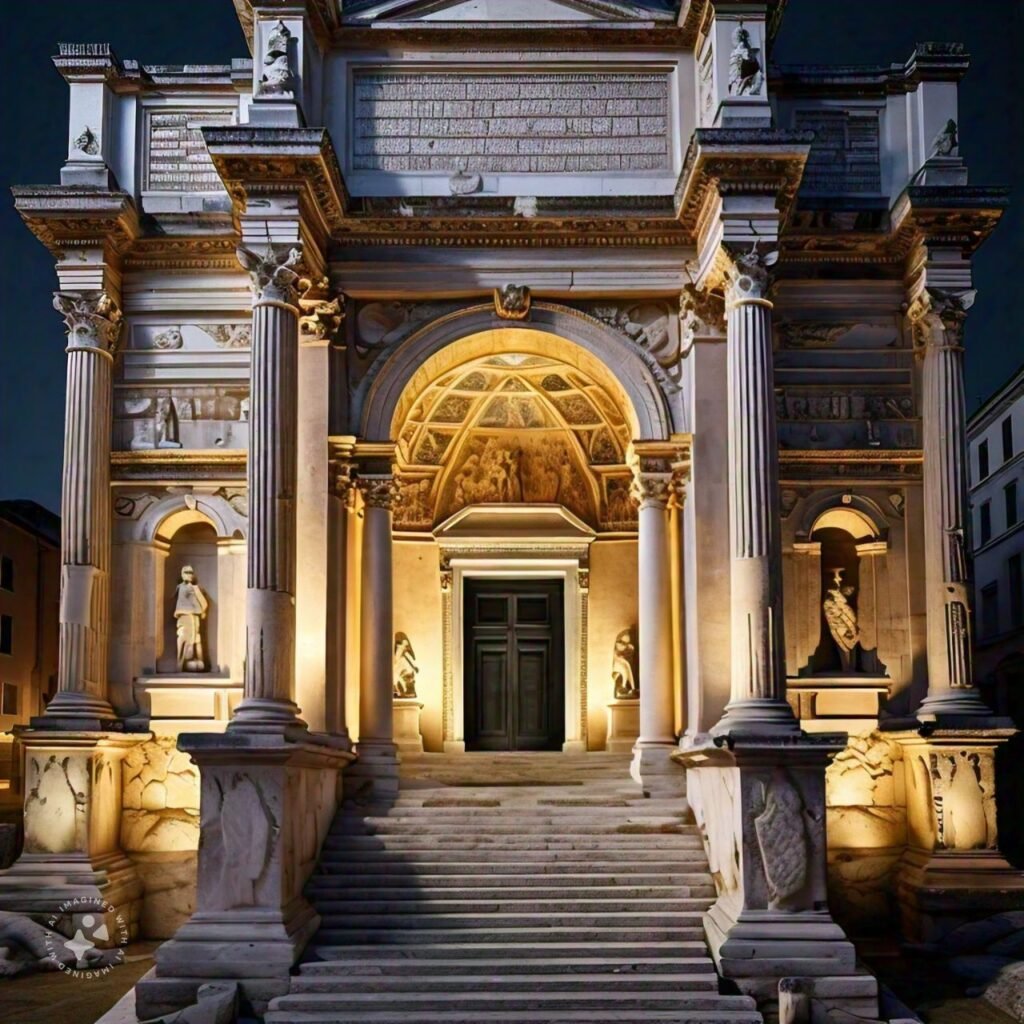
There was a very talented architect. The king invited the architect and asked him to build a beautiful palace for himself to the extent that the world would marvel at it. The king humbly asked the architect to do this for him by providing all the necessary space, material, money, servants and equipment.
As requested by the king, the architect started to build a beautiful mansion that the world admired. This house has been designed to the extent that everyone who sees it becomes amazed and the work is going on continuously It has arrived.
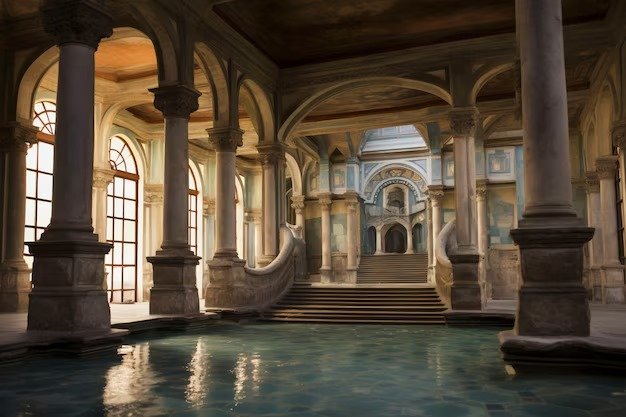
In the course of time, in the mind of the architect, ‘I am going to live in this palace for the king?’ As the thought prevailed, he ended up building it with substandard materials.
The building was completed and the opening ceremony was organized. A very beautiful mansion to look at. Seeing that mansion, the world praised the architect. Seeing that, the king gifted this house to the architect as a reward. Will the architect live contentedly in this country? Can you live? Certainly cannot live with complacency.
So is our learning life. All the skills we need are given to us in ample measure in the form of our brains. By fully utilizing our brains, we build the palace of our intellect and live richly. Education is our house. Learning is our ability. We are given the task and responsibility to build our learning and our lives.
Education should not be taught as if something is built with inferior materials. Considering that education is our house, we should build it effectively. Hard work is our capital for that.
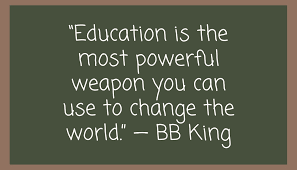
Using this meditation house method, we will get all 16 types of wealth in Tamil. As a practice for that, let us first learn to memorize those 16 types of wealth.
1. Education
2. Knowledge
3. Life
4. Energy
5. Youth
6. Courage
7. Pride
8. Gold
9. Material
10. Fame
11. Land
12. Good people
13. Virtue
14.Diseaselessness
15. Endeavor
16.Success,
let us live richly.
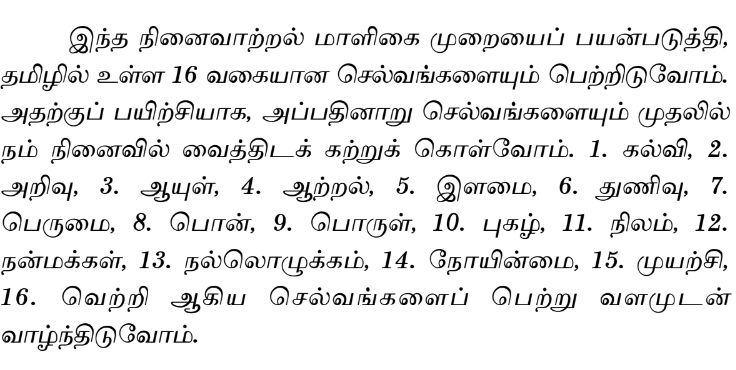
Interested to buy a physical copy click on Read the full book and fill the information our team will reach you.